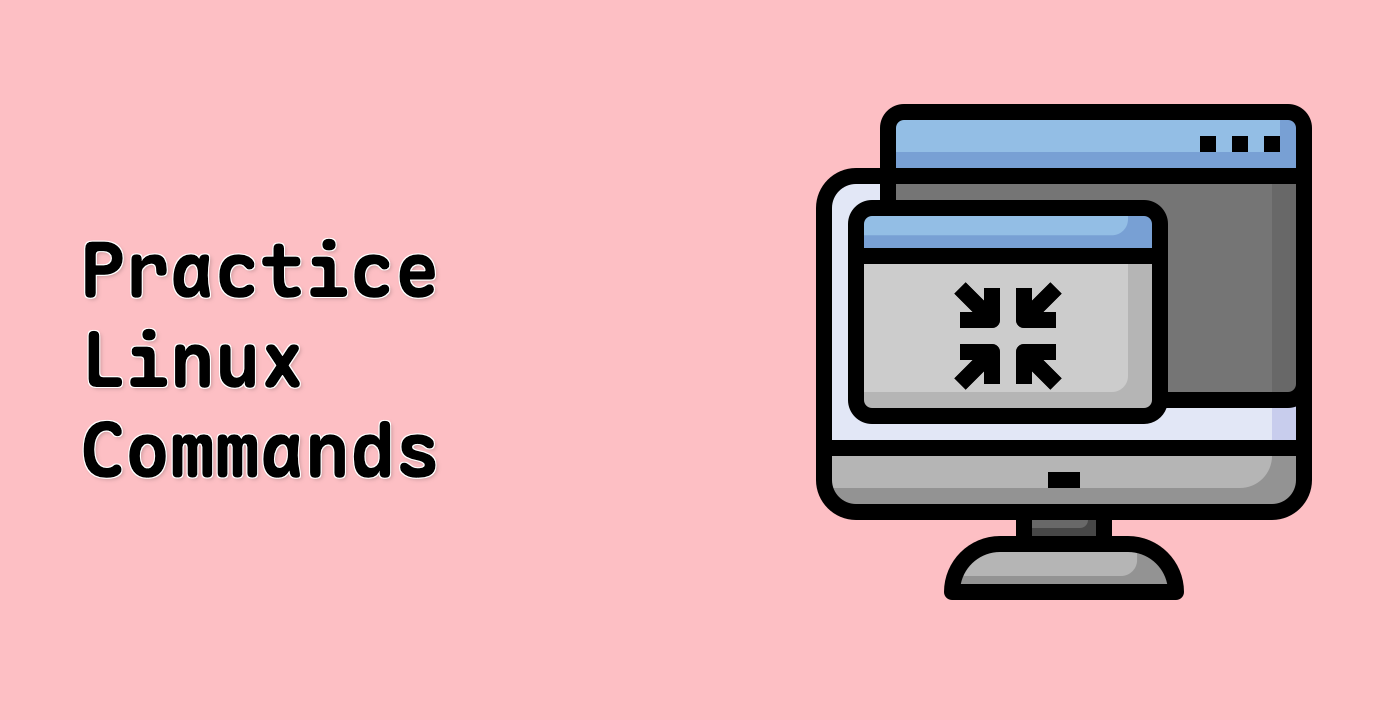Managing and Navigating Screen Sessions
Managing and navigating Screen sessions is crucial for effectively using this terminal multiplexer. Let's explore some key commands and techniques to help you control and switch between your Screen sessions.
Creating and Closing Screen Sessions
To create a new Screen session, simply run the screen command in your terminal. This will start a new session and place you inside it.
screen
To close a Screen session, you can use the exit command within the session or the screen -X -S [session_id] quit command from the outside.
## Close the current Screen session
exit
## Close a specific Screen session
screen -X -S 12345 quit
Detaching and Reattaching Screen Sessions
One of the most powerful features of Screen is the ability to detach from a session and reattach to it later. This allows you to keep your processes running in the background, even when you're not actively using the terminal.
To detach from a Screen session, use the Ctrl+A, d key combination.
## Detach from the current Screen session
Ctrl+A, d
To reattach to a Screen session, use the screen -r command. If you have multiple Screen sessions running, you can list them using screen -ls and then reattach to a specific session using screen -r [session_id].
## List all running Screen sessions
screen -ls
## Reattach to the most recent Screen session
screen -r
## Reattach to a specific Screen session
screen -r 12345
Switching Between Screen Sessions
When you have multiple Screen sessions running, you can switch between them using the Ctrl+A, [session_number] key combination. This allows you to quickly navigate between your open sessions.
## Switch to the next Screen session
Ctrl+A, 2
## Switch to the previous Screen session
Ctrl+A, 1
By mastering these commands and techniques, you'll be able to effectively manage and navigate your Screen sessions, ensuring that your long-running processes and collaborative work are always accessible and under your control.




